An overview of the various types of Chinese Baozi along with the best Bao Bun Fillings, from the traditional Char Siu, braised pork belly and Red Bean Paste to vegan and other modern options, such as Korean Fried Chicken and tempeh!
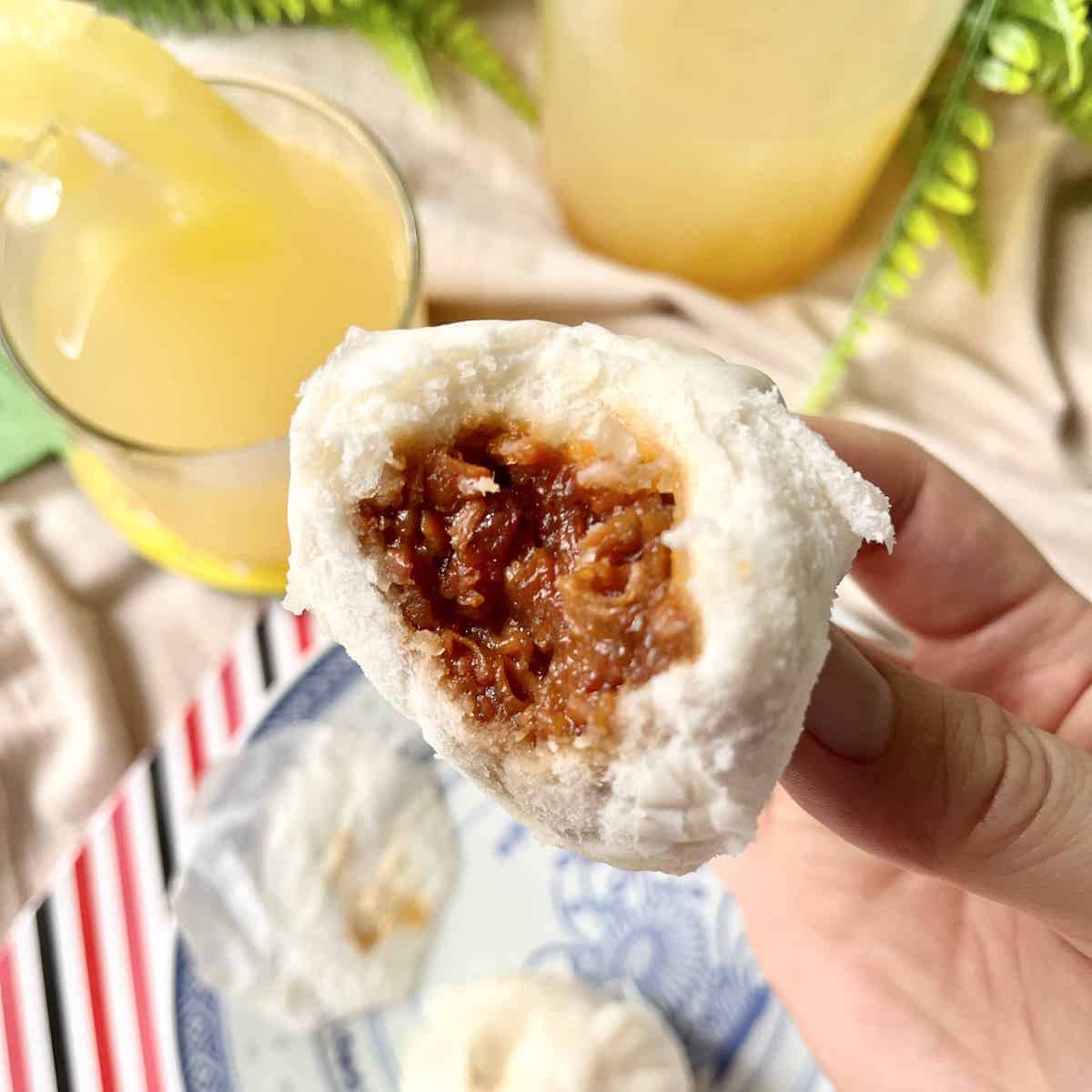
Jump to:
Chinese Bao Buns, also known as baozi 包子, are a popular type of Chinese food.
They are typically round, filled with various flavorful ingredients, and can be served as a snack, appetizer, or even a main course. 包 in Chinese means "to wrap" so it makes sense that a bao zi is a piece of dough wrapped around a filling! (This is in contrast to the plain Chinese buns, which have no filling, such as mantou.)
Bao are so ubiquitous in Chinese cuisine, you can find them sold at humble street food stalls or in Michelin-starred restaurants.
Note: Chinese Bao Bun Recipes traditionally use Hong Kong flour, a super soft flour that creates a very white and soft dough. The protein content is usually 8-10%.
You can use cake flour or all-purpose flour as a substitute in these steamed buns, but keep in mind that your buns will have a yellow-ish tinge to them.
Types of Bao & Fillings
There are many different types of bao buns.
Gua Bao
Gua Bao (割包/刈包 guàbāo), sometimes referred to as Taiwanese hamburger and known as Kong Bak Bao in other Asian countries, is a unique twist on the traditional bao bun.
It consists of a slightly oval-shaped steamed bun, which is folded like a sandwich (i.e. open and not sealed.) The savory filling in Gua Bao usually includes:
- The main filling (a rich and savory protein): tender braised pork belly in soy sauce
- For acidity and freshness: pickled mustard greens/ carrot and daikon pickle & cilantro
- For texture: crushed peanuts
These days, there are lots of variations on the fillings. I've include some suggestions below:
Main filling substitutes for pork belly
Like tacos, homemade Bao buns are incredibly versatile. You can experiment with different fillings wrapped in the fluffy bao buns, such as:
- Teriyaki Chicken: the sticky, sweet sauce works perfectly with tender chicken pieces. Remember to use boneless skinless meat!
- 5-spice pork belly
- Fried Chicken works amazingly well in Gua Bao, with its crispy texture and savory flavor. Pair it with a fresh and tangy coleslaw or pickles to add crunch and contrast.(I highly recommend using Korean Fried Chicken and kimchi for some extra depth.)
- Seared flank steak
- Crispy aromatic duck
- Meatballs
Vegetarian and Vegan substitutes for pork belly
Although meat is the most common bao filling, you can easily switch it up. Some good vegetable fillings for gua bao include:
- BBQ Tofu: Marinate firm tofu with your favorite BBQ sauce and then grill, bake, or pan-fry it before placing it inside the steamed bao bun. The firm tofu holds its shape well, easily takes on the smoky flavor of the grill/ its seasoning and is a good source of plant-based protein. (Do not use soft tofu!)
- Tempeh: another soybean product, tempeh has a delicious nutty flavor.
- Aubergine: like tofu and tempeh, aubergine absorbs the flavors of the sauces very well so braised eggplant makes a great Gua Bao filling too.
- Beyond Meat & Impossible Food patties
- Cooked lentil or chickpea burgers
- Falafel balls
For the sauce
The pork belly is typically braised in a sesame oil-soy marinade, but modern Chinese hamburgers use:
- sriracha sauce: this popular garlic chili sauce goes with almost everything!
- sriracha mayo: this creamy and spicy combination adds a rich, zesty flavor, especially when the filling consists of fried or grilled ingredients.
- tamarind sauce: delicious with fattier cuts of meat
- Yuzu mayo: for Japanese-themed buns
- Spicy gochujang mayo or Kimchi Aioli: for Korean-inspired buns
- Sambal Mayo: for a Southeast Asian twist
For freshness & acidity, replace cilantro and pickled mustard greens with...
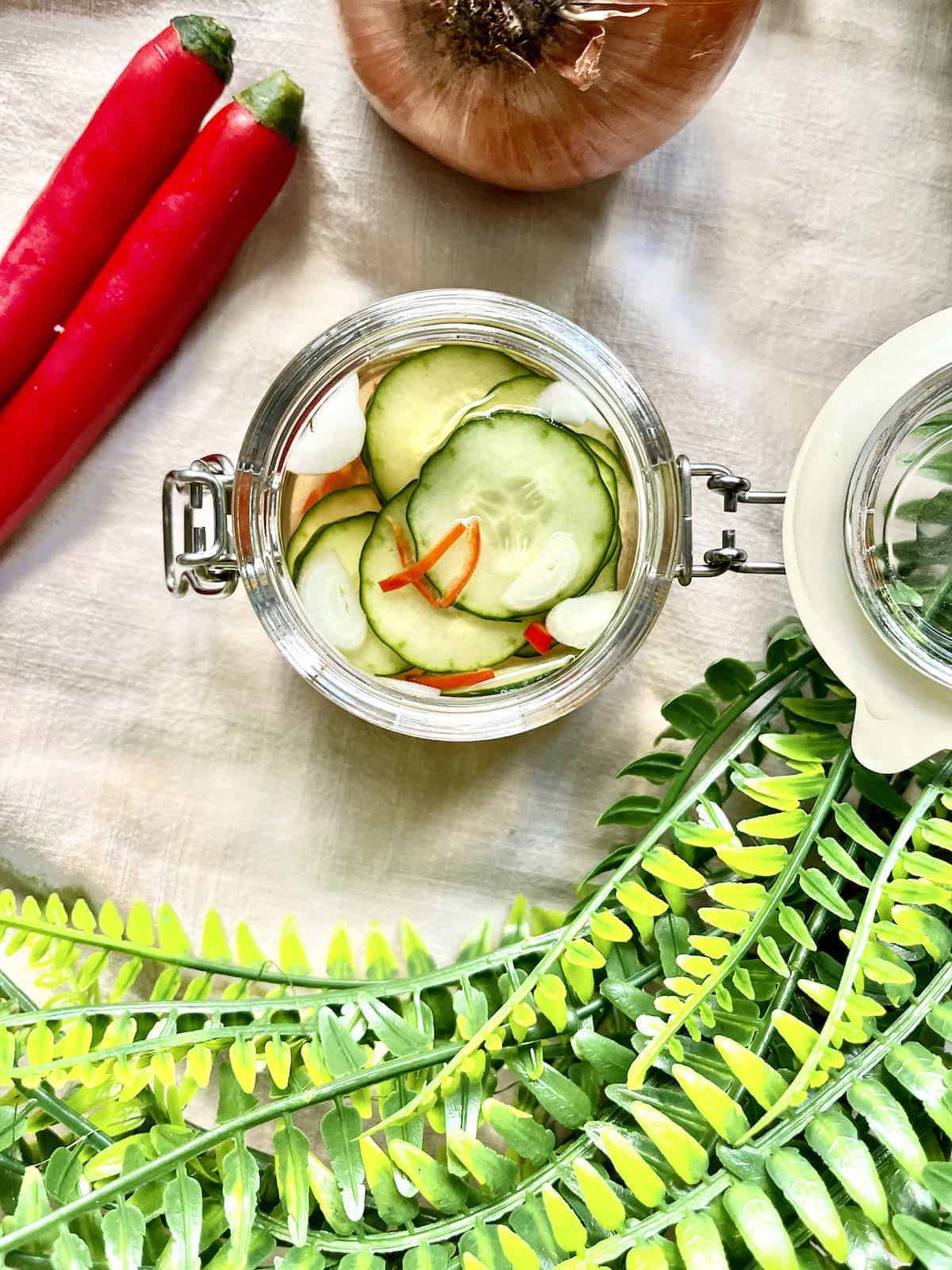
- Asian Coleslaw
- Mint Leaves
- Pickled red onions and cucumbers
- Chinese cucumber salad
- Kimchi
For texture, you can substitute or supplement crushed peanuts with...
- toasted dry shrimp
- lardons
- sesame seeds
- fried chicken skin
- spring onions
Char Siu Bao
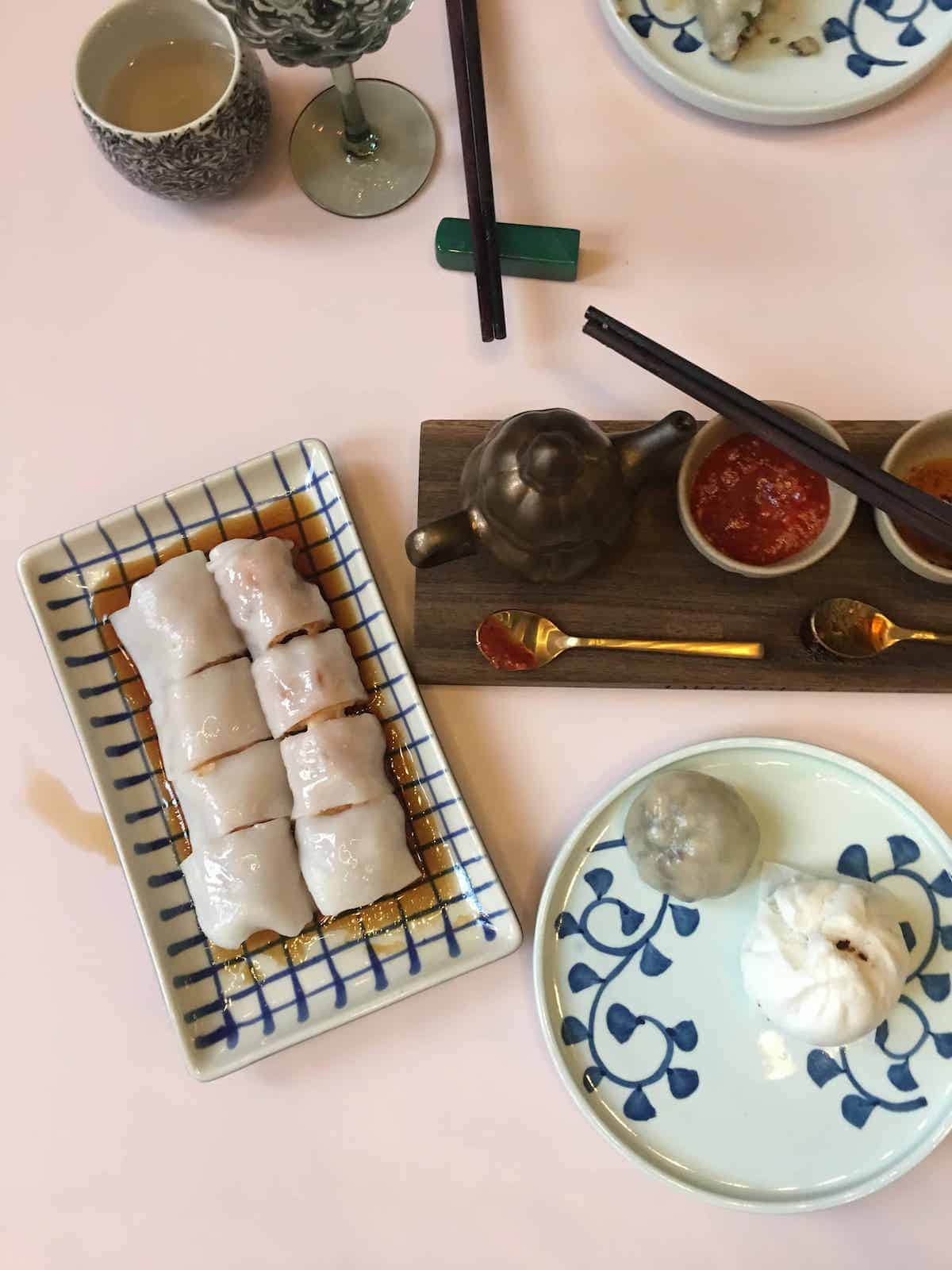
Char Siu Bao/ Char Siew Bao (叉燒包 chāshāobāo) is another classic type of bao bun, known for its signature filling: sweet and savory Char Siu pork.
This popular dim sum has a roasted pork filling that has been marinated in a sticky, sweet sauce, and then chopped into small pieces. The bun itself is usually round and sealed, with a slightly sweet dough that complements the flavorful filling perfectly.
The secret to an exceptional Char Siu Bao lies in having the correct ratio of fluffy buns to Char Siu pork.
The bun should be soft whilst the meat should be tender (but with a bite), flavorful, and coated in a glossy, caramelized sauce before being mixed with the other ingredients. This ensures that every bite of the steamed bun is filled with the irresistible taste of Char Siu.
You can use other fillings such as:
- pulled pork in hoisin sauce: for a lighter version
- seasoned chicken mince: similar to Da Bao
Xiao Long Bao
These savory buns are very different from the previous 2. Xiao Long Bao (小籠包/小笼包 xiǎolóngbāo) is actually more similar to a Chinese dumpling. Like jiaozi, it is eaten with a dipping sauce too.
The traditional filling contains both meat and pork soup (basically aspic that has melted after steaming) but modern versions include:
- singapore chili crab
- truffle
- foie gras
- cheese
Sheng Jian Bao
If you were thinking that all bao are steamed pork buns, there are also pan-fried bao e.g. Sheng Jian Bao 生煎包/生煎包. The pork filling can be replaced with a mix of sautéed veggies, mushrooms and tofu.
Sweet Bao
Although we usually associate bao with savory fillings, there are some traditional sweet bao buns, such as:
- lotus paste buns 蓮蓉包/莲蓉包 liánróngbāo
- red bean paste bao
- salted egg custard bao
Modern versions include peanut butter and chocolate!
In summary, Chinese bao are the perfect dish for those who are more experimental eaters. You can make them with the classic bao bun fillings or switch it up and invent your own snack!
Frequently Asked Questions
To make dough for Chinese bao buns, mix the dried yeast with lukewarm water and allow it to sit for several minutes to activate. It's essential to use lukewarm water, as it helps the yeast ferment the dough. Meanwhile, combine the flour and sugar in a separate mixing bowl. After the yeast mixture has begun to bubble, gently pour it into the dry ingredients, and add a small amount of oil. Mix well into a dough and knead on a lightly floured surface for about 10-15 minutes till smooth and elastic. (You can also use a stand mixer.) Place the dough in a clean, oiled large bowl, and cover it with a damp kitchen towel/ plastic wrap. Allow the dough to rise at room temperature/ in a warm place for around 1 to 2 hours (till doubled in size. Use this time to prep the fillings.) Once the dough has risen, punch it down to release the air and knead it again briefly to form a smooth texture. Divide the dough into equal portions, then shape the individual buns and add your choice of filling. Place each bun on a small piece of parchment paper then place in the bamboo steamer. Steam the bao buns for about 10-12 minutes till soft and cooked through. (For gua bao, you will need a rolling pin to roll the dough balls into oval shapes, fold, then steam.)

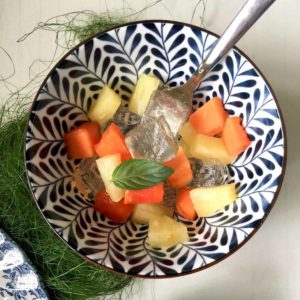
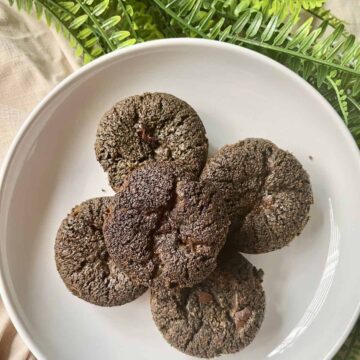
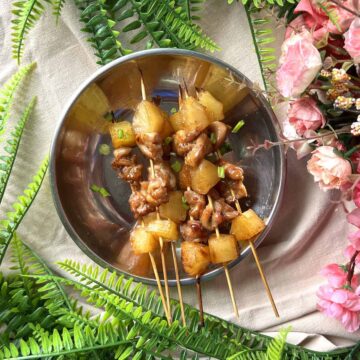

Comments
No Comments